Benefits of Clerodendrum incisum (Musical Notes Plant)
The Clerodendrum incisum, commonly known as the Musical Notes Plant, is a unique and aesthetically pleasing ornamental shrub. Its nickname is derived from its distinctive flower buds that resemble musical notes, especially eighth notes. Native to parts of tropical Africa and Asia, this member of the Lamiaceae (mint) family is gaining popularity among garden enthusiasts and horticulturists worldwide. While admired primarily for its appearance, the Musical Notes Plant offers a wide array of benefits — from landscaping appeal to potential health-related uses.
This article explores the numerous benefits of Clerodendrum incisum, providing a detailed perspective on why it is worth cultivating in gardens, patios, and therapeutic landscapes.
The Clerodendrum incisum, or Musical Notes Plant, is much more than a visual novelty
1. Aesthetic Appeal and Landscaping Value
Unique Flower Shape
One of the most noticeable features of Clerodendrum incisum is its flower bud structure. Before blooming, the buds appear curled like musical notes — an intriguing visual trait that adds artistic value to any garden.
Continuous Blooming
This plant blooms profusely throughout the warmer months, offering a steady visual appeal. The white, trumpet-shaped flowers with contrasting deep centers create a striking appearance, making it an excellent focal point in landscape design.
Attracts Attention
Because of its unusual look, it often becomes a conversation starter. Whether placed in residential gardens or public parks, it draws the attention of passersby and plant lovers alike.
Ideal for Borders and Containers
Its compact growth habit (usually growing up to 3–4 feet) makes it suitable for borders, decorative pots, and hanging planters. This versatility allows for creative landscaping options in both small and large spaces.
2. Pollinator Attractor
Attracts Bees and Butterflies
Like many other Clerodendrum species, the Musical Notes Plant is highly attractive to pollinators. Bees, butterflies, and other beneficial insects are drawn to its nectar-rich flowers.
Promotes Biodiversity
By attracting pollinators, the plant contributes to a more biodiverse garden ecosystem, aiding the pollination of surrounding plants and improving fruit and seed production.
3. Low Maintenance Requirements
Hardy and Adaptable
Clerodendrum incisum is a hardy shrub that can tolerate a variety of soil types. It performs well in loamy, sandy, or slightly acidic soils and requires minimal maintenance once established.
Moderate Watering Needs
This plant prefers moderate watering and does not demand constant attention, making it ideal for gardeners with busy schedules.
Pest-Resistant
It is relatively resistant to most common garden pests, including aphids and spider mites, reducing the need for chemical treatments.
Easy to Prune and Shape
The shrub responds well to pruning, allowing gardeners to shape it to their desired look. This is especially beneficial for those who want neat hedges or ornamental shapes in their garden design.
4. Medicinal and Traditional Uses
While Clerodendrum incisum is less researched than other species like Clerodendrum serratum or Clerodendrum inerme, members of the genus are traditionally used in Ayurvedic and folk medicine for various therapeutic benefits. The Musical Notes Plant is believed to share some of these properties:
Anti-inflammatory Properties
Preliminary studies and anecdotal evidence suggest that Clerodendrum species may contain compounds with anti-inflammatory effects. These may help soothe skin irritations or joint discomfort when used topically in poultices.
Antioxidant Potential
Clerodendrum plants often contain flavonoids and phenolic compounds, which are known for their antioxidant properties. Antioxidants play a vital role in fighting oxidative stress in the human body, potentially preventing cellular damage.
Possible Antibacterial Effects
Extracts from Clerodendrum species have shown antibacterial activity in laboratory tests. While more research is needed for definitive proof, the potential is encouraging for natural remedy enthusiasts.
Note: Always consult a healthcare professional before using any plant for medicinal purposes.
5. Environmental Benefits
Air Purification
Like many green shrubs, the Musical Notes Plant contributes to air purification by absorbing carbon dioxide and releasing oxygen. In indoor or patio spaces, this improves overall air quality.
Erosion Control
When planted in the ground, its root system helps hold the soil together, reducing erosion, especially on slopes and embankments.
Noise and Dust Reduction
A dense hedge of Musical Notes Plants can act as a natural barrier to reduce dust, noise, and heat, particularly in urban environments.
6. Emotional and Psychological Benefits
Stress Reduction
Studies have shown that interacting with plants and greenery can significantly reduce stress levels. The unique beauty of the Musical Notes Plant has a calming and soothing effect, making it a perfect choice for healing gardens and meditation spaces.
Encourages Mindfulness
The unique shape of its flowers encourages close observation, drawing people’s attention into the present moment. This makes it a helpful addition to mindfulness practices and nature therapy settings.
Boosts Creativity and Joy
Its “musical” appearance evokes artistic inspiration, particularly for musicians, poets, and painters who find joy in natural forms that mirror human creativity.
Note:The Clerodendrum incisum, or Musical Notes Plant, is much more than a visual novelty
7. Educational and Decorative Uses
Teaching Aid
This plant is frequently used in botanic gardens and educational setups to teach children and students about plant morphology, pollination, and adaptation.
Natural Decoration
The Musical Notes Plant is often used in floral arrangements and decorative corners due to its eye-catching floral display. It brings life to patios, balconies, weddings, and even music-themed events.
8. Propagation and Sustainability
Easy to Propagate
Clerodendrum incisum can be easily propagated through cuttings, making it a sustainable choice for gardeners. With minimal resources, one can cultivate multiple plants from a single source.
Reduces Need for Non-Native Ornamentals
Because of its resilience and aesthetic charm, the Musical Notes Plant serves as a sustainable alternative to high-maintenance, non-native ornamental plants.
9. Cultural and Symbolic Significance
Musical Inspiration
Due to its resemblance to musical notes, the plant symbolizes harmony, creativity, and rhythm. It’s often included in gardens designed for musicians, music schools, or themed public spaces.
Spiritual and Feng Shui Applications
In some cultures, flowering plants that look like symbols or objects are considered lucky or spiritually significant. The Musical Notes Plant is believed to bring inspiration and creativity into the environment.
10. Indoor and Outdoor Flexibility
Thrives in Containers
Because of its manageable size and root structure, it thrives in pots, making it a great option for apartment dwellers or those with limited space.
Works in Semi-Shade
While it prefers bright indirect light, it can also tolerate partial shade, making it flexible in both indoor and outdoor garden planning.
11. Companion Planting and Garden Design
Complements Other Plants
The Musical Notes Plant blends beautifully with ferns, ornamental grasses, and low-growing ground covers. Its white blooms contrast well with darker foliage, creating visual interest.
Seasonal Garden Highlights
Its blooming cycle provides seasonal highlights, especially in late spring and summer, when most gardeners seek color and vibrancy.
12. Economic Value and Nursery Trade
Sought After in Nurseries
Due to its ornamental value and unique appearance, the Clerodendrum incisum is increasingly sought after in plant nurseries and gardening centers.
Potential Income Source
Hobbyist gardeners and small-scale nursery owners can propagate and sell this plant locally or online, making it a modest source of income.
Conclusion
The Clerodendrum incisum, or Musical Notes Plant, is much more than a visual novelty. Its aesthetic beauty, low maintenance, ecological advantages, and symbolic significance make it an excellent choice for gardeners of all experience levels. Whether you’re aiming to attract pollinators, enrich your home environment, or find inspiration in nature, this plant offers something special.
As gardening continues to grow in popularity as a form of self-care, environmental activism, and creative expression, the Musical Notes Plant is a remarkable reminder that even plants can sing — if only through their shape and presence.
Would you like this article formatted for web publishing (e.g., with SEO headings), or do you want a summarized version for a social media post?
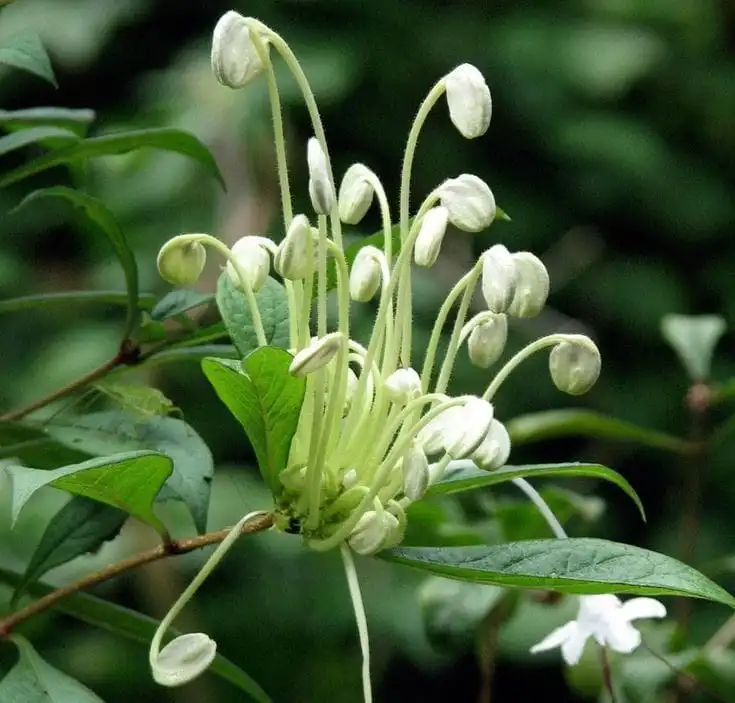


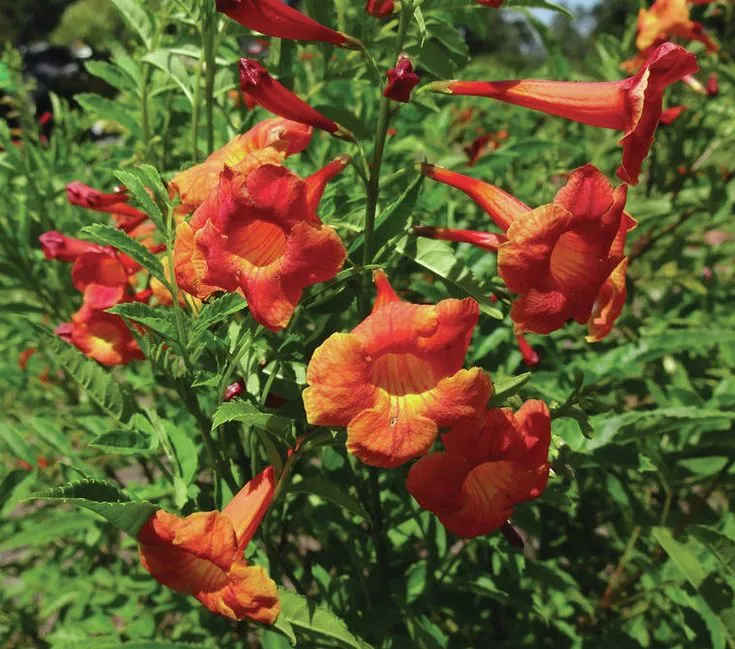
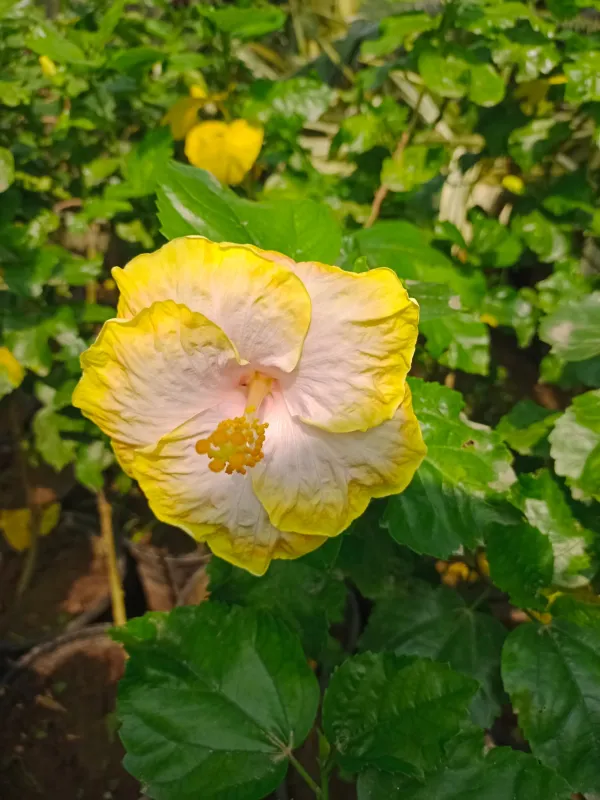
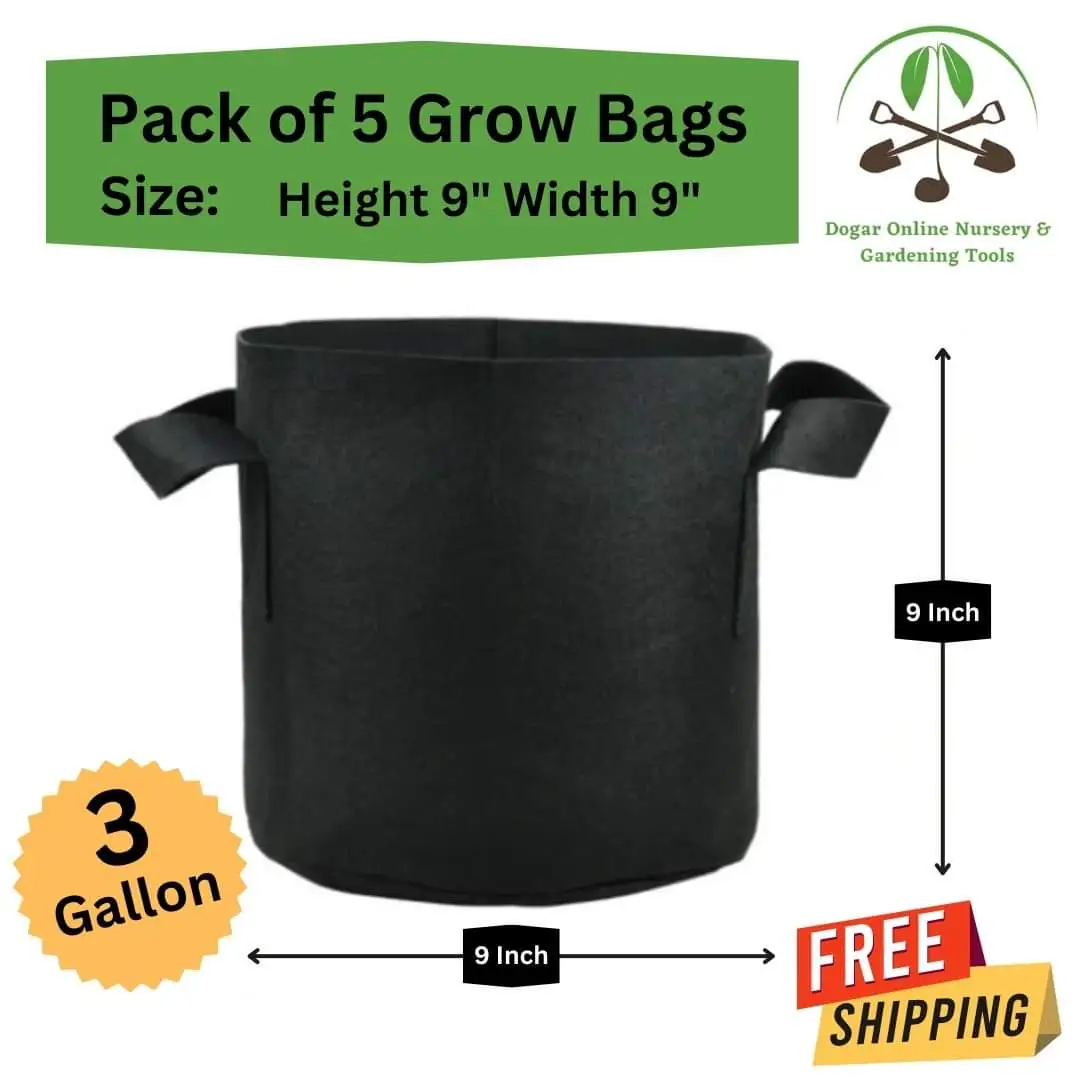
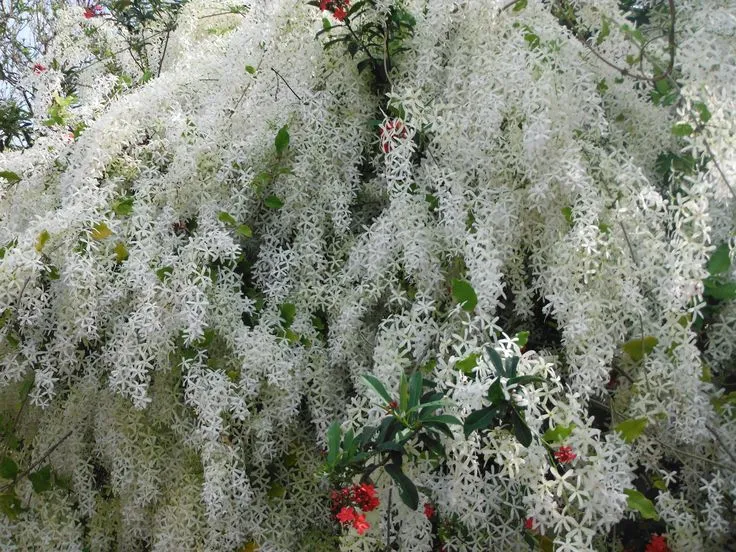

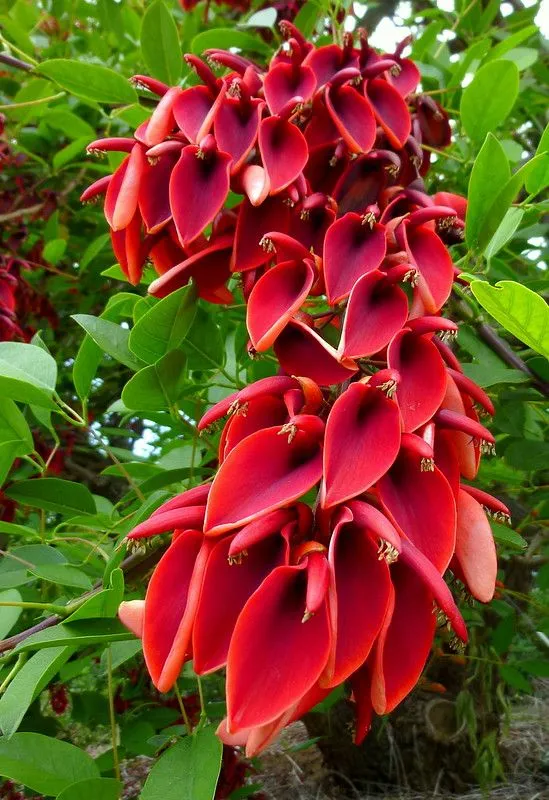
Leave a Reply